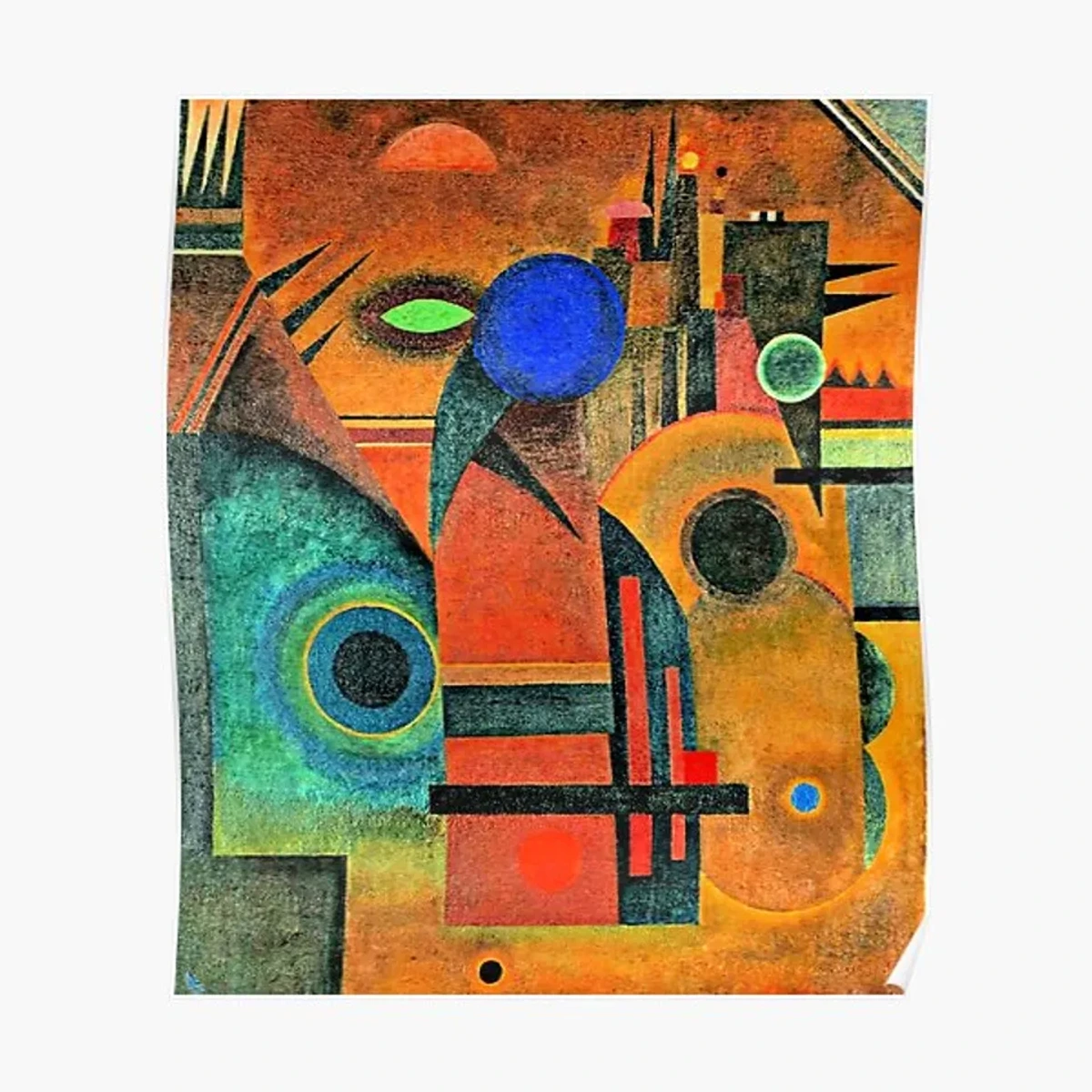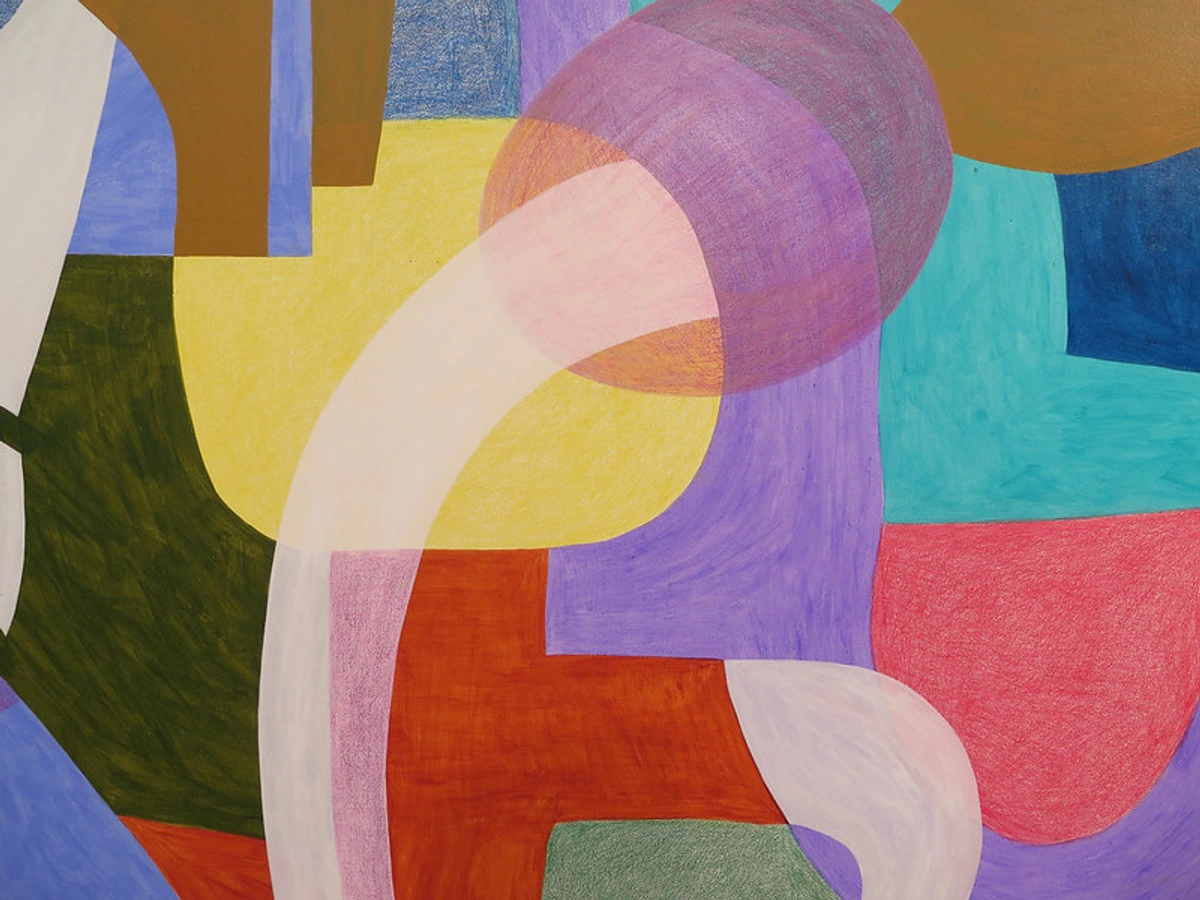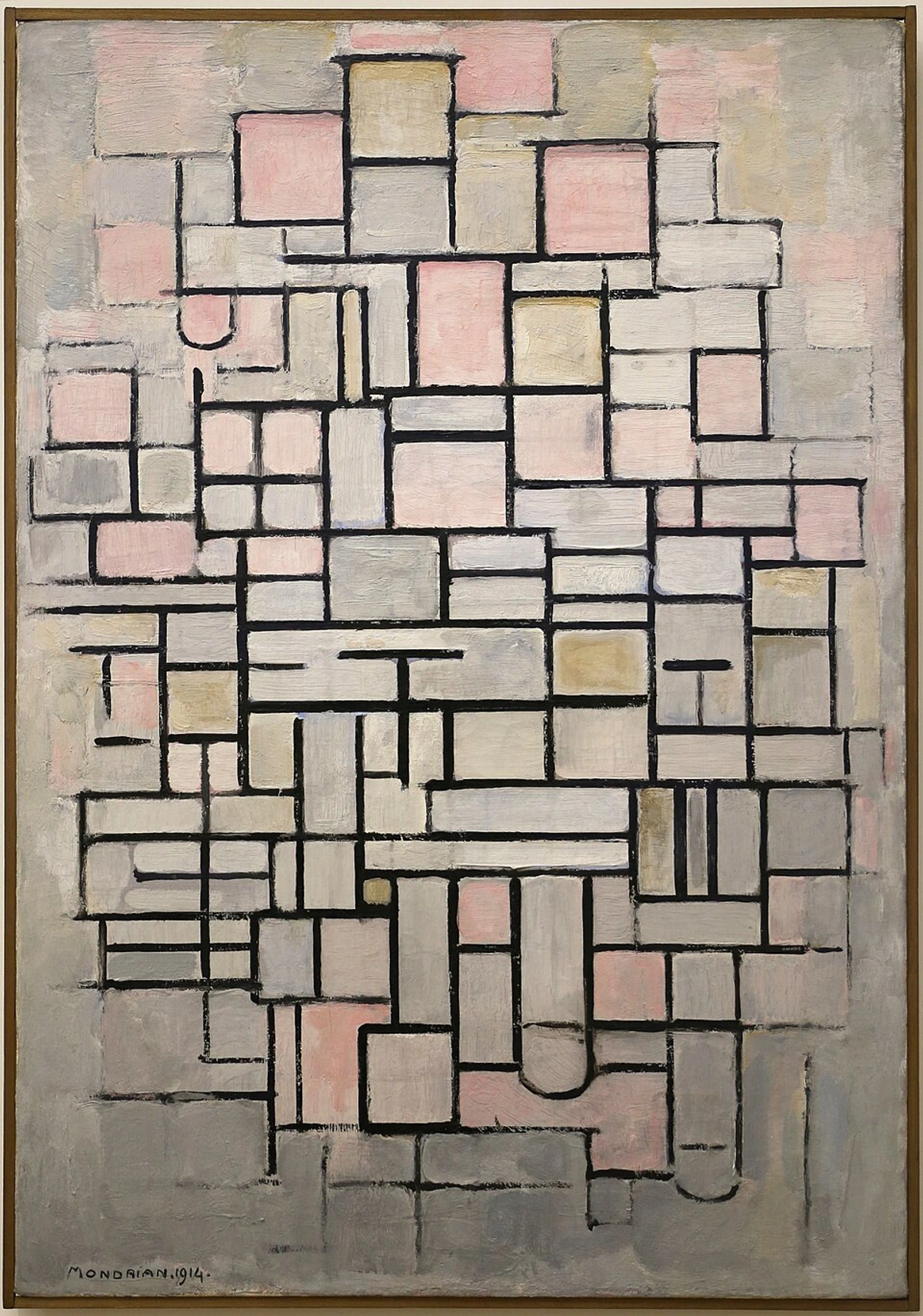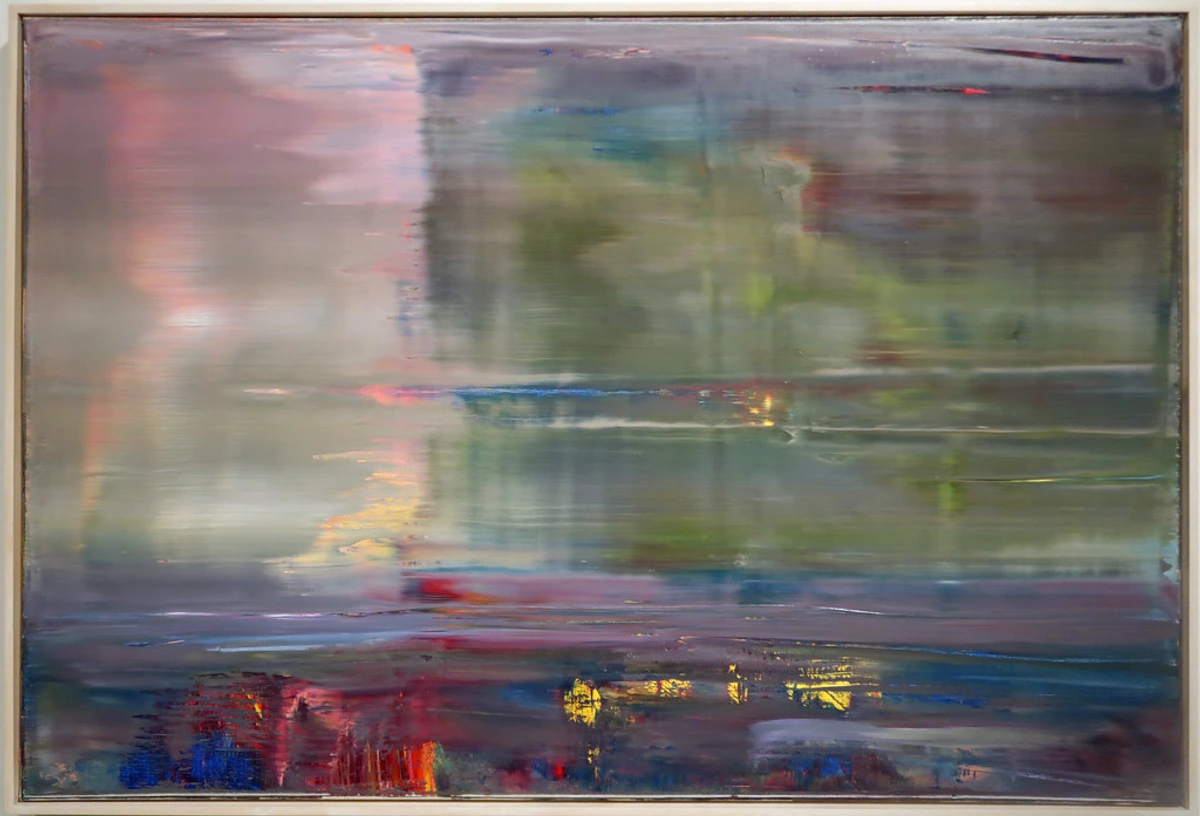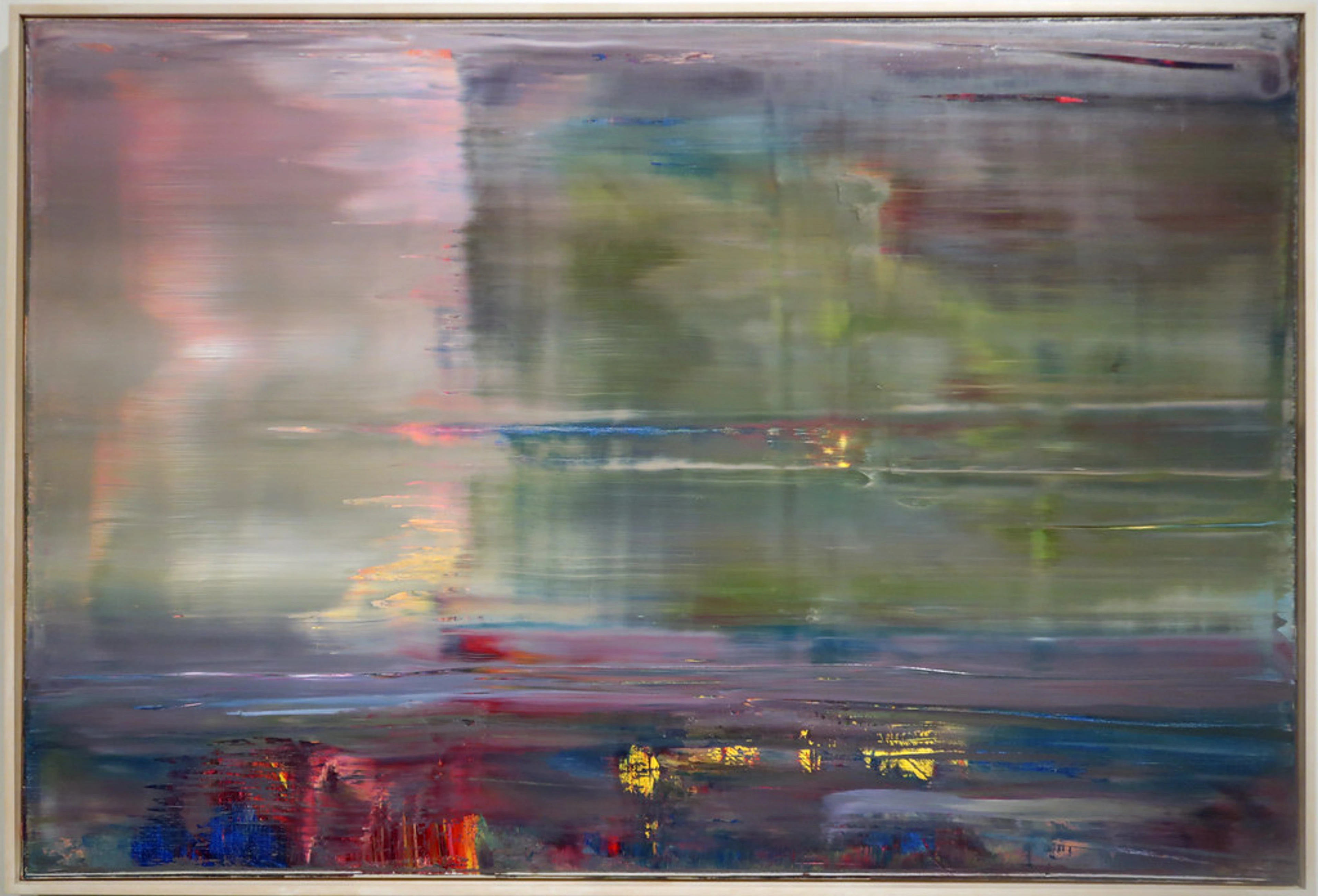
Abstract Art as Autobiography: Weaving Your Home's Unique Story
Uncover how abstract art transforms your home into a profound personal narrative. Explore its emotional depth, diverse styles, practical curation tips, and learn how it evolves with your space, offering a unique reflection of your inner world.
